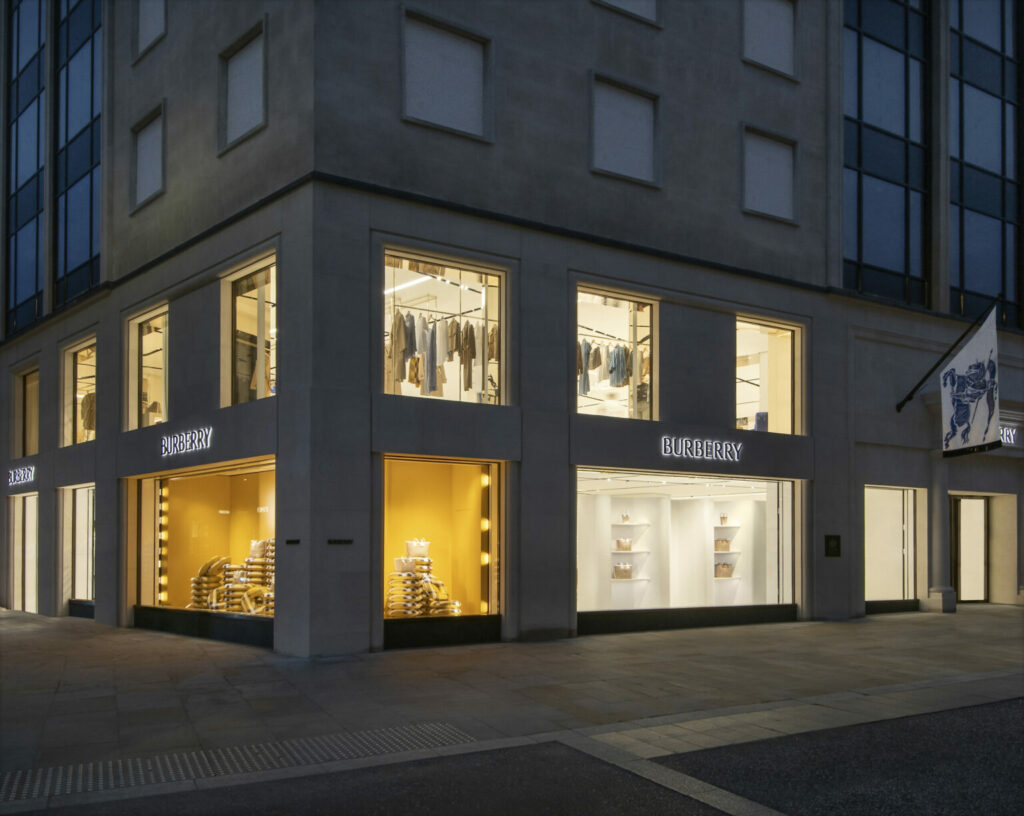It took a Spanish fashion brand to make the UK retail sector sit up and take notice of just how important the introduction of new stock is to both increasing footfall and improving margins. I n 1998, Zara opened on London‘s Regent Street and thus began not just a retail fashion revolution. ”Fast” and “new” became buzz words throughout retailing and everyone was interested in this new business model. At Zara, fresh designs were being introduced twice a week – and the excitement among shoppers was such that the keenest not only knew which day the deliveries were due but what time the new styles would be coming out onto the shop floor. The “limited” product flew out of the shop at full price.
In “modern” terms, Asos is probably the new Zara. It uses newness as a USP, introducing 1,500 new lines per week which makes for a unique shopping experience each time a user logs on. While not everyone could (or wanted to) match the “newness” level of Zara, it did have an impact on competitors who over the last decade have moved far away from what was the de facto twice-yearly deliveries with the occasional mid-season collection. Asos is having a similar impact on retailing today, leading the way within the internet world of retailing.
Forget about twice-weekly deliveries, though. Young customers, such as the 16-24-year-old age group, are checking their favourite websites on a daily basis and if they do not see something new, they quickly lose interest. While this puts increased pressure on the supply chain, the rewards of working within short cycle times can have a dramatic effect on margins.
At Kurt Salmon, we have calculated that for every week saved within the product development cycle, the realised margin is improved by 25 base points. We know of several retailers which have already reduced their total product development cycle time by more than 50 per cent over the past three years, so the best practice benchmark has been raised even higher.
The companies that are able to react fast have adopted a leaner and more collaborative supply chain policy, which often begins by looking at where they are sourcing production. The best practitioners generally opt for a balanced strategy that incorporates bulk production made in the Far East with “local” (ie close by) production handling in-season repeat buys and the “must have” trend that emerges from left field.
However, it is not just about where to source that has to change: to react fast the whole product development cycle needs to be reviewed. Retailers need to challenge all their processes: where can they take time out of the process, how can they speed up decisions, how late can they leave activities such as cloth dying etc before having to make a final commitment? Answers to these questions are vital to generating the new product that will deliver good margins.
But the onus of creating newness can be devolved to a third party. For instance, Designers at Debenhams was conceived to add something new to the traditional fashion stock to excite not just existing but new customers. This has generated a huge amount of interest and sales and the number of designers included within the roster is continually increased to add freshness and newness.
Other great exponents of generating newness and reaping the benefits are H&M and Topshop with their celebrity ranges – and there will never be a shortage of those. It is a relatively easy way to appeal to that all important 16-24-year-old target audience.
So why is it that some retailers are good at “newness” and others are not. We looked at fashion retailers that excel in innovation and bringing ‘newness‘ to market and their operations have six characteristics in common:
- Customer focussed – they all have regular interaction with their customers, understanding their behaviours and desires in detail
- Fast – quick decision making improves t
RELATED STORIES

















